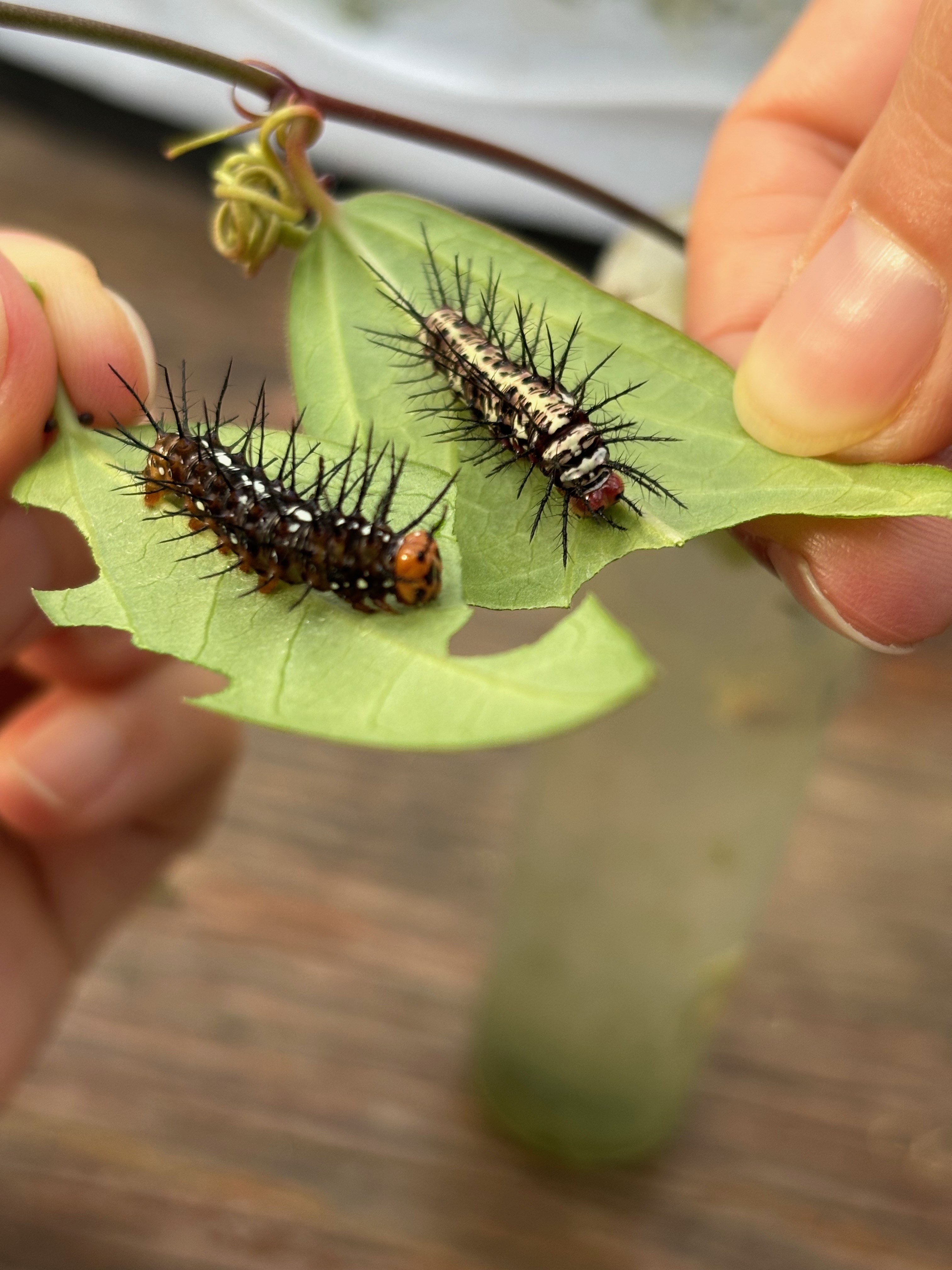
Hybridization and the formation of species
Across the tree of life, hybridization and introgression are common among closely related species. By introducing new variation and creating new allelic combinations, hybridization can provide the raw material for rapid adaptation and has the potential to fuel the formation of new species. I am studying the extent of hybridization among Ithomiini butterflies and how it relates to the rapid diversification of this species-rich group. I also intend to investigate how patterns of gene flow across the genome correlate with the presence/absence and type of chromosomal rearrangements.
Ongoing work: Extent of past and recent gene flow among Ithomiini groups.
Chromosomal rearrangements in speciation


With the advent of genomic datasets, empirical evidence has been accumulating across a number of taxa suggesting an important role of chromosomal rearrangements in adaptation and speciation. Many of these studies focus on rapidly evolving taxa or groups in which adaptation is known to be strong. Whether chromosomal rearrangements are intrinsically linked to adaptation and speciation or if they are equally common in taxa without a history of rapid speciation or local adaptation remains an open question. Because the focus when studying chromosomal rearragements is often on traits under selection or species comparisons, mechanisms other than directional, divergent and/or specific forms of balancing selection remain comparatively less explored but could be equally impactful in speciation. I am exploring these questions using a combination of genomic population datasets, pangenomes and experimental genetic crossings in species-poor genera of Heliconiini butterflies. I am also interested in better understanding the mechanisms driving the spread and the long-term maintenance of chromosomal rearrangements, including demographic processes, selection and transmission bias during meiosis meiotic drive.
Ongoing work: Prevalence of chromosomal rearrangements in species-poor Heliconiini genera.
My timeline
Senior Bioinformatician | Wellcome Sanger Institute
Postdoctoral Fellow | Harvard University
PhD studies in Biodiversity, Genetics and Evolution | University of Porto (CIBIO) & University Montpellier 2 (ISEM)
Master of Science in Biodiversity, Genetics and Evolution | University of Porto
Bachelor of Science in Biology | University of Porto